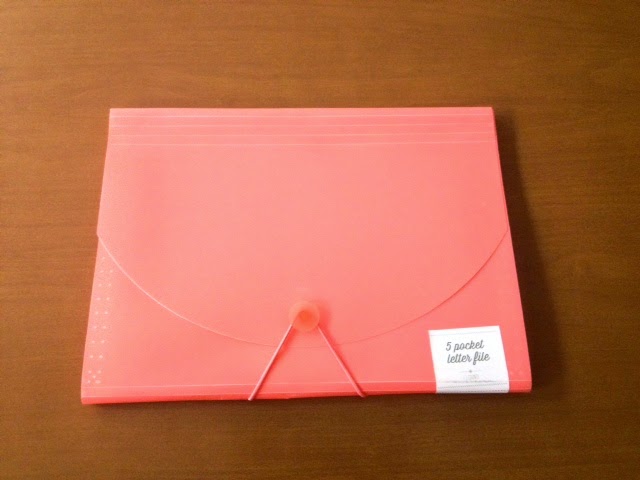How do we get ALL students over the hurdle?
As a fifth grade teacher, I have found the tasks that students are expected to master on a 5th grade English Language Arts PSSA to be quite difficult. I constantly found myself asking, "How can I train my students to be critical and analytical independent readers?" Students are being asked to synthesize information from 1-3 passages, draw conclusions, and support these conclusions with reasons and text evidence in essay form. This is a daunting task for a ten year old on grade level, let alone a struggling reader/writer. I had always heard the term "Close Reading" but really didn't know what exactly it was or how it could fit into my classroom.
What is Close Reading & How Can it Work in my Classroom?
Over the past few months after seeing and hearing so much information about close reading in my graduate class, I decided to collaborate with colleagues and explore what could work for particular grade levels as well as our individual building. Additionally, one of my amazing peers developed a presentation on Close Reading, and I thought it was PERFECT for fifth grade. These steps will be taught to students explicitly through 'demonstrations'. Students need to see/hear your thinking process aloud. Please note, there are MANY ways to do this...this is simply one of many out there! Adapt as you see fit!
Close Reading
First Read - Get the 'gist' of the text. (students read)
1. Number the paragraphs in order to cite evidence.
2. Chunk the text
Use subheadings or paragraphs to help you determine where to chunk this information.
3. Read the text and 'code' your thinking.
! - New or interesting information
? - Questions/Wonderings/Confusions
O - Circle unknown words and use context to predict meaning
__ - Underline and interpret figurative language
Second Read - Dig into the meaning of the text. (teacher reads - when applicable)
4. Identify the main idea in the left margin of each "chunk".
5. Use a power verb or identify the text structure of each chunk in the right margin.
- Comparing/Contrasting
- Arguing/Persuading
- Describing
- Problem/Solution
- Cause/Effect
- Questioning/Answering
- Sequencing
Third Read - Dig deeper into the text. (student reads)
6. Read the open-ended response/essay question. Reread text and highlight evidence that will help you answer question.
Close Reading Sample
Close Reading Sample
Sample Anchor Chart - Made with the students and stationed at the front of the room for student reference. (Yes, my shovels suck. Art was clearly never a strength!)
What Now?
After demonstrating these steps over the course of 3 days, I hear students already using the language from the anchor chart independently. It is super exciting! The true test will be if they can do this independently as we continue to use this in guided reading and for different assessments. I plan to do some sort of self-reflection after we go through this process together in which they will describe how this process impacted their overall comprehension of the text. I am hoping for some epiphanies!
Questions to Ponder
How do you approach close reading? What has worked for you or hasn't worked? Has this process helped different levels of readers in your classroom?
I plan on posting later in the year after students have had more time to practice independently! Stay tuned! Happy Reading! :)




















.jpg)






